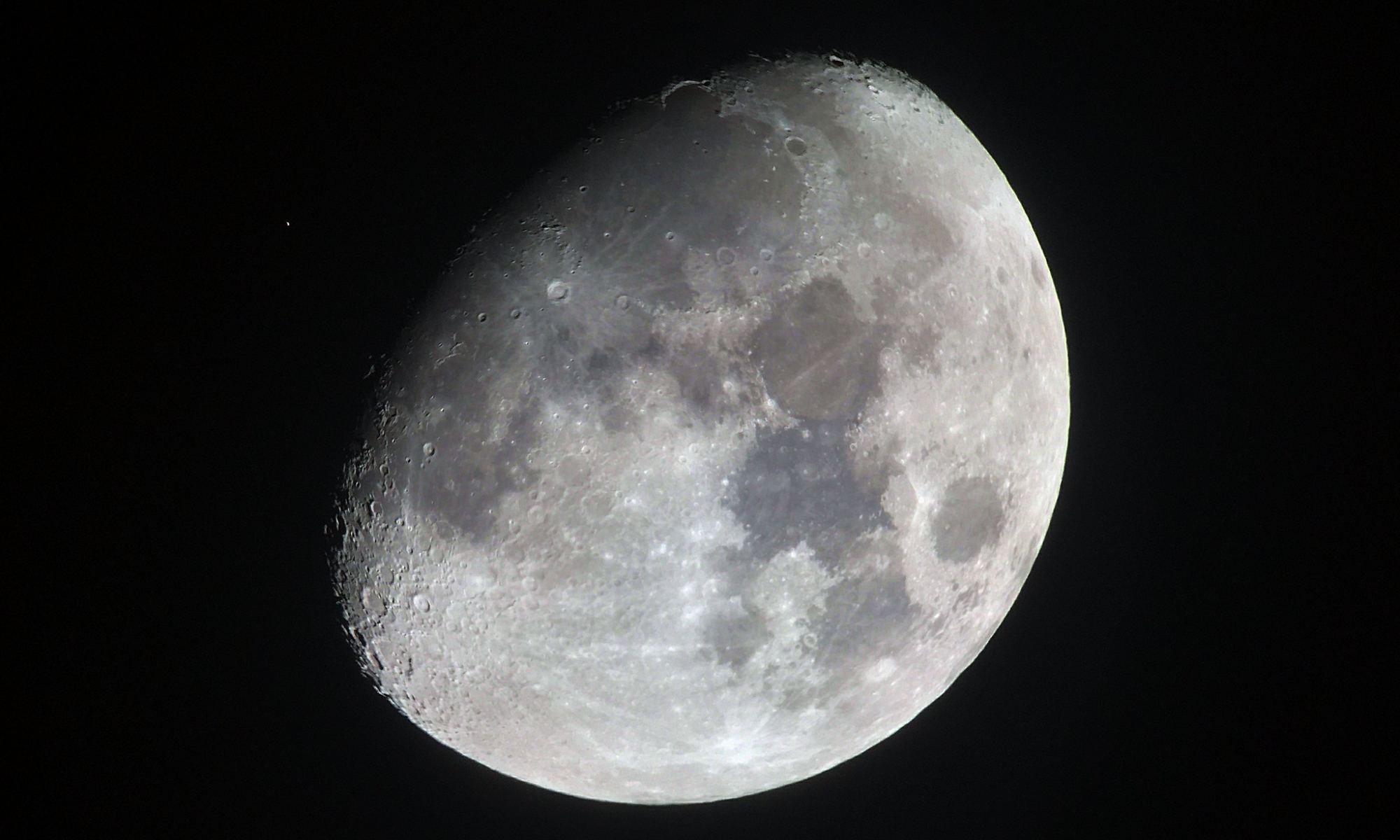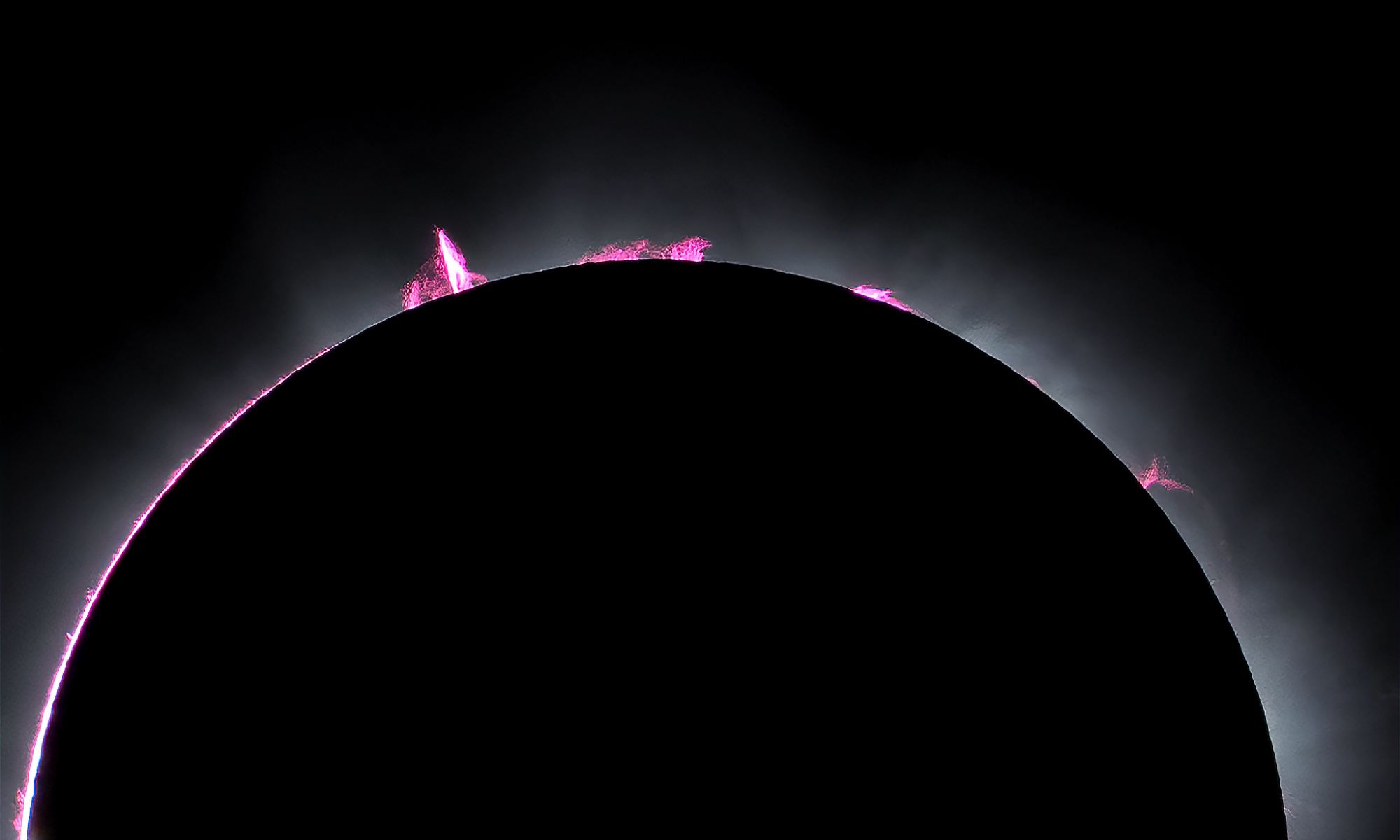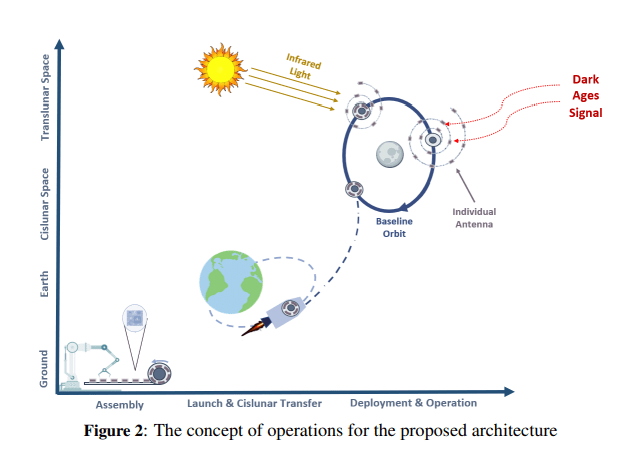Life appeared on Earth through a series of lucky coincidences, and that luck started with our Moon. None of the other planets of the inner solar system have significant moons. Space is lonely around Mercury and Venus. Mars does have two small moons, Phobos and Deimos (Fear and Despair, befitting companions for the God of War), but those are simply captured asteroids, lassoed in the not-too-distant past and doomed to eventually come close enough to their unloving parent to be torn to shreds by gravitational forces.
Continue reading “We Owe Our Lives to the Moon”Top Astronomy Events for 2024
Astronomy 2024 features the final total solar eclipse for the CONUS until 2044, and much more.
It’s finally time. On April 8th, 2024, the umbral shadow of the Moon crosses the United States for the second time in less than seven years. It’s a big deal, for sure. But there’s lots more in store for astronomy 2024. Here’s our annual Universe Today rundown for top skywatching events to watch for in astronomy 2024, coming to a sky near you.
Continue reading “Top Astronomy Events for 2024”Miniaturized Jumping Robots Could Study An Asteroid’s Gravity
Missions focusing on small bodies in the solar system have been coming thick and fast lately. OSIRIS-Rex, Psyche, and Rosetta are all examples of projects that planned or did rendezvous with a small body in the solar system. But one of their biggest challenges is understanding the gravity of these bodies – which was especially evident when Philae, Rosetta’s lander, had a hard time staying on the surface of its intended comet. A new idea from researchers at the University of Colorado Boulder and NASA’s Jet Propulsion Laboratory could help solve that problem – by bouncing small probes around.
Continue reading “Miniaturized Jumping Robots Could Study An Asteroid’s Gravity”How Supersymmetry Saved String Theory
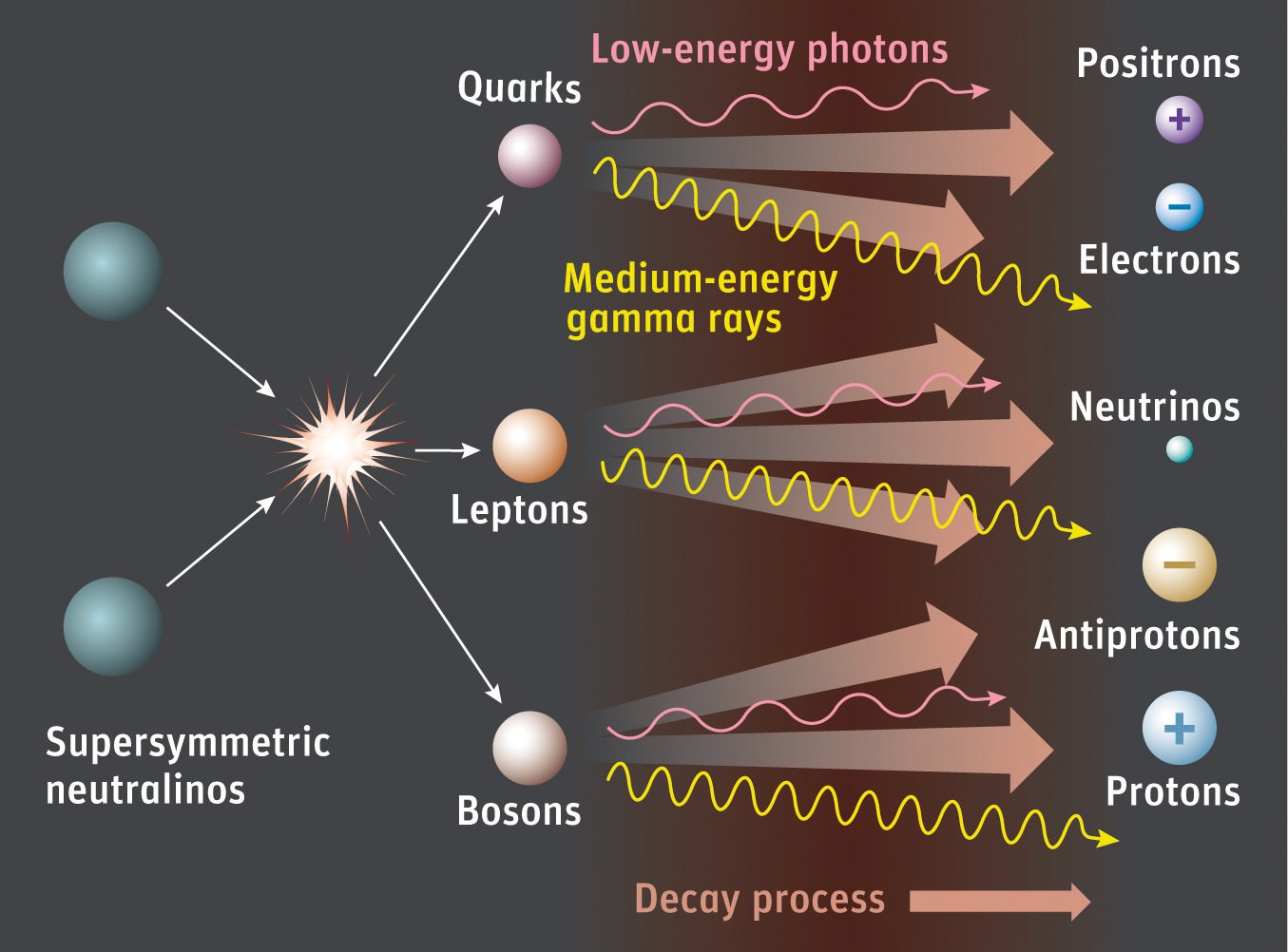
String theory, like most revolutions, had humble origins. It started all the way back in the 1960’s as an attempt to understand the workings of the strong nuclear force, which had only recently been discovered. Quantum field theory, which had been used successfully to explain electromagnetism and the weak nuclear force, wasn’t seeming to cut it, and so physicists were eager for something new.
Continue reading “How Supersymmetry Saved String Theory”Using Smart Materials To Deploy A Dark Age Explorer
One of the most significant constraints on the size of objects placed into orbit is the size of the fairing used to put them there. Large telescopes must be stuffed into a relatively small fairing housing and deployed to their full size, sometimes using complicated processes. But even with those processes, there is still an upper limit to how giant a telescope can be. That might be changing soon, with the advent of smart materials – particularly on a project funded by NASA’s Institute for Advanced Concepts (NIAC) that would allow for a kilometer-scale radio telescope in space.
Continue reading “Using Smart Materials To Deploy A Dark Age Explorer”The Atmosphere of an Exoplanet Reveals Secrets About Its Surface
As astronomers have begun to gather data on the atmospheres of planets, we’re learning about their compositions and evolution. Thick atmospheres are the easiest to study, but these same thick atmospheres can hide the surface of a planet from view. A Venus-like world, for example, has such a thick atmosphere making it impossible to see the planet’s terrain. It seems the more likely we are to understand a planet’s atmosphere, the less likely we are to understand its surface. But that could change thanks to a new study in the Monthly Notices of the Royal Astrophysical Society.
Continue reading “The Atmosphere of an Exoplanet Reveals Secrets About Its Surface”NASA Tightbeams a Cat Video From 31 Million Kilometers Away

NASA’s Deep Space Network (DSN) has been responsible for maintaining contact with missions venturing beyond Low Earth Orbit (LEO) since 1963. In addition to relaying communications and instructions, the DSN has sent breathtaking images and invaluable science data back to Earth. As missions become more sophisticated, the amount of data they can gather and transmit is rapidly rising. To meet these growing needs, NASA has transitioned to higher-bandwidth radio spectrum transmissions. However, there is no way to increase data rates without scaling the size of its antennas or the power of its radio transmitters.
To meet these needs, NASA has created the Deep Space Optical Communications (DSOC), which relies on focused light (lasers) to stream very high-bandwidth video and other data from deep space. Compared to conventional radio, optical arrays are typically faster, more secure, lighter, and more flexible. In a recent test, NASA used this technology demonstrator to beam a video to Earth from a record-setting distance of 31 million km (19 million mi) – about 80 times the distance between the Earth and the Moon. The video, featuring a cat named Taters, marks a historic milestone and demonstrates the effectiveness of optical communications.
Continue reading “NASA Tightbeams a Cat Video From 31 Million Kilometers Away”Watch 14 Years of Gamma-Ray Observations in This Fascinating NASA Video
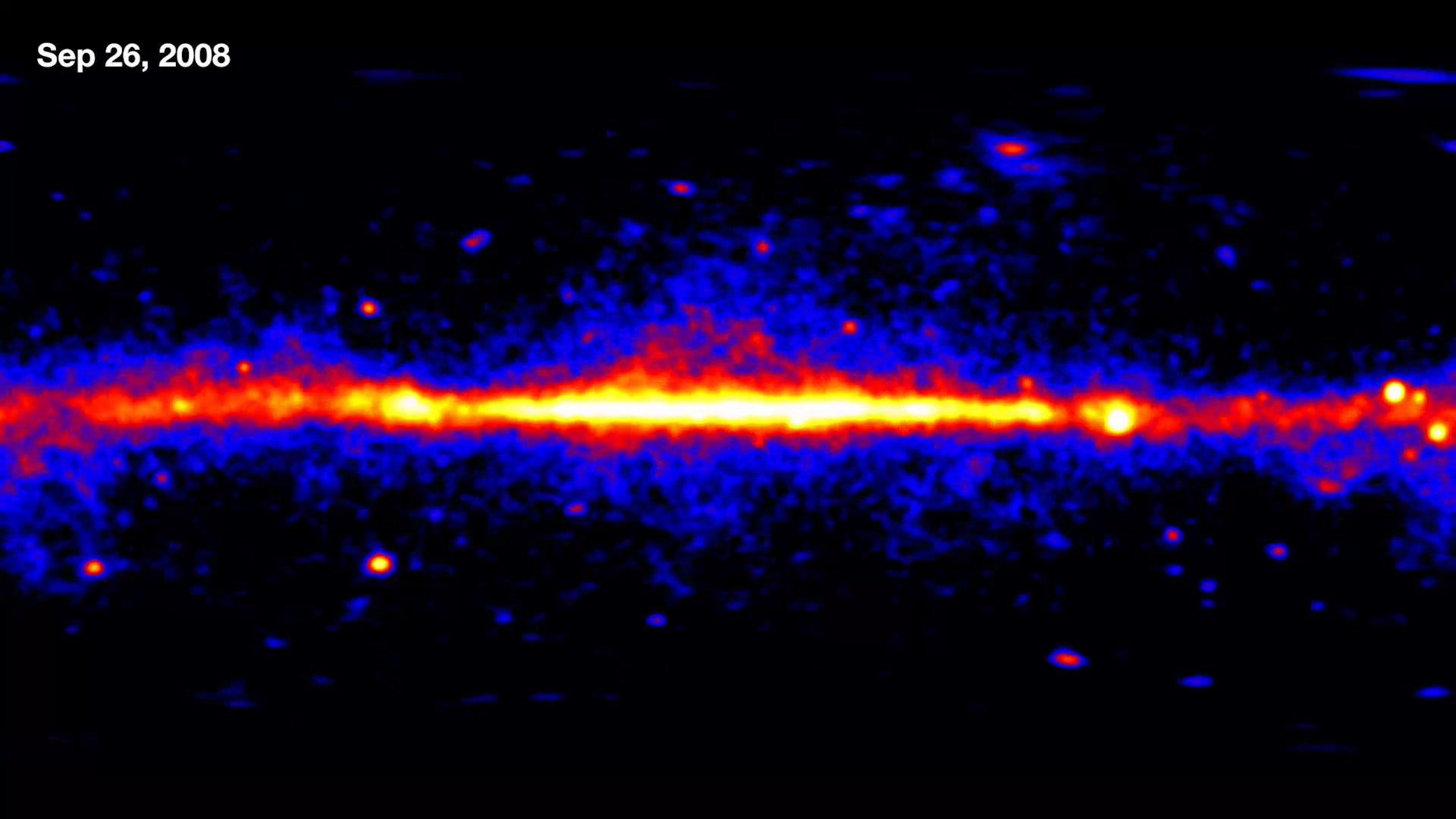
The Fermi Gamma-ray Space Telescope, named in honor of noted physicist Enrico Fermi, has been in operation for almost a decade and a half, monitoring the cosmos for gamma rays. As the highest-energy form of light, these rays are produced by extremely energetic phenomena – like supernovae, neutron stars, quasars, and gamma-ray bursts (GRBs). In honor of this observatory’s long history, NASA’s Goddard Spaceflight Center has released a time-lapse movie that shows data acquired by the Fermi Space Telescope between August 2008 and August 2022.
Continue reading “Watch 14 Years of Gamma-Ray Observations in This Fascinating NASA Video”Questions Remain on Chinese Rocket That Created an Unusual Double Crater on the Moon

In November, we reported how an impact on the Moon from a Chinese Long March rocket booster created an unusual double crater. For a single booster to create a double crater, some researchers thought there must have been an additional – perhaps secret – payload on the forward end of the booster, opposite from the rocket engines. But that may not necessarily be the case.
Other researchers feel the extra mass wasn’t anything secretive, but possibly an inert structure such as a payload adapter added to the rocket to support the primary mission payload.
Continue reading “Questions Remain on Chinese Rocket That Created an Unusual Double Crater on the Moon”Holograms Might Save Physics

Even though the guts of General Relativity are obtusely mathematical, and for decades was relegated to math departments rather than proper physics, you get to experience the technological gift of relativity every time you navigate to your favorite restaurant. GPS, the global positioning system, consists of a network of orbiting satellites constantly beaming out precise timing data. Your phone compares those signals to figure out where you are on the Earth. But there is a difference in spacetime between the surface of the Earth and the orbit of the satellites. Without taking general relativity into account, your navigation would simply be incorrect, and you’d be late for dinner.
Continue reading “Holograms Might Save Physics”
